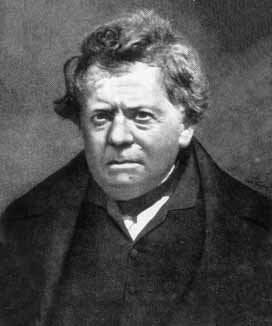September 10th, 2010
Our class received two objects: an envelope full of smiley faces with questions written on them and an "energy ball," which was apparently an extremely expensive ping pong ball. The twelve questions were to be answered; to the best of my ability I have done so:
1. Can you make the energy ball work? What do you think makes the ball flash and hum?
The energy ball works when I touch both metal contacts with my fingers. This is because my body is a conductor of electricity, with all its charged ions inside. As both contacts are touched, I complete the circuit, making the ball flash with noises.
2. Why do you have to touch both metal contacts to make the ball work?
If I do not touch both metal contacts, I will not complete the circuit, and therefore the electricity will not pass through and go back to its power source. Without a complete circuit, the ball will not light up.
3. Will the ball light up if you connect the contacts with any material?
 The material that you use to connect the metal contacts is the vital source of whether or not the ball will light up. The material definitely cannot be insulators such as rubber, plastic, or glass, as they do not conduct electricity. If they do not conduct electricity, the circuit is not complete and thus the ball will not light up.
The material that you use to connect the metal contacts is the vital source of whether or not the ball will light up. The material definitely cannot be insulators such as rubber, plastic, or glass, as they do not conduct electricity. If they do not conduct electricity, the circuit is not complete and thus the ball will not light up.
4. Which materials will make the energy ball work?
Most types of metal such as silver, copper, nickel, and gold will conduct electricity and therefore make the energy ball work.
5. This ball does not work on certain individuals - what could cause this to happen?
This was a puzzling question at first, but with further thinking, answers came upon me. I believe if someone's skin is extremely dry, it will not conduct electricity. The contact point of the metal contact and the person's finger will not transfer any electrons because of the dry nature of the finger. Without the transferring, the circuit will not be complete and the ball will not work.
6. Can you make the energy ball work with all 5-6 individuals in your group? Will it work with the entire class?
Yes, if every member in our group has physical contact with each other's skin, and each metal contact on the ball is touched by a different person, the ball will light up. It worked with the entire class as well since it is the same circuit, except bigger or longer. Fortunately no one in our class proves question number five correct, and the electricity is transferred through every individual.
 7. What kind of circuit can you form with one energy ball?
With one energy ball, a simple circuit can be formed. It can have an open/closed switch when I put my finger on the contact point.
7. What kind of circuit can you form with one energy ball?
With one energy ball, a simple circuit can be formed. It can have an open/closed switch when I put my finger on the contact point.
8. Given 2 balls: Can you create a circuit where both balls light up?
Two energy balls can definitely simultaneously light up. By using at least two people (although difficult, one person could be possible too), two balls can light up if each contact point is touched with any finger. As long as each contact point is touched, the circuit is complete and both balls light up.
9. What do you think will happen if one person lets go of the other person's hand and why?
If one person lets go of the other person's hand (or pinky in this case), the circuit will not be complete and the flow of electrons will not carry on. Thus, the energy ball will evidently not light up.
10. Does it matter who lets go?
No, it doesn't matter who lets go because as long as one connection is lost, the circuit will not be complete.
11. Can you create a circuit where only one ball lights (both balls must be inclined in the circuit)?
Yes, a parallel circuit must be made for this to occur. One circuit will be running continuously as the other one opens and closes. With this happening, one ball will be lit while the other will be off, even with both inclined in the circuit.
12. What is the minimum number of people required to complete this?
In class, the minimum number of people that tried it was six people, but it would probably work with less than four people, as long as they are all capable and cooperative.
Parallel and Series Circuits
 As talked about above, parallel circuits are basically two simple circuits side by side. Both circuits share one "line" of wire, so to speak. Staying true to its name, parallel circuits have their loads and resistors placed parallel to each other in the circuit, as seen in the diagram to the left.
As talked about above, parallel circuits are basically two simple circuits side by side. Both circuits share one "line" of wire, so to speak. Staying true to its name, parallel circuits have their loads and resistors placed parallel to each other in the circuit, as seen in the diagram to the left.
Series circuits are basically a series of simple circuits whose loads and resistors are connected one after another in one direction.
 |
| The difference between series and parallel circuits. |
















